 In Little World, our class about decomposers, we discuss the four main types of decomposers. But the scavengers are the ones that often hook the students. Large, charismatic, and easy to visualize, students are always eager to share what they know.
In Little World, our class about decomposers, we discuss the four main types of decomposers. But the scavengers are the ones that often hook the students. Large, charismatic, and easy to visualize, students are always eager to share what they know.
Week after week, I am amazed at how little students actually know about one of the top scavengers out there…the vulture.
The Vulture
Seriously misunderstood, and mired in misconceptions and rumors, vultures are a fascinating bird that provides an essential service to our ecosystem. Not just any animal has what it takes to chow down on road kill though. Vultures have some unique adaptations to help them survive in a bird eat carrion world.
Adaptation #1 – Size
Perhaps the most impressive and noticeable adaptation of the vulture is the impressive size to which these decomposers can grow. Although their size is comparable to large birds of prey, vultures can, and do, grow to be much larger birds. Our local vulture, the California Condor, has a wing span of 8-9 feet and weight of 17-29 pounds. Compare this to the Bald Eagle at a wing span of 5-8 feet and weighing in at only 10-15 pounds. This adaptation to be bigger can be explained in the feeding strategies of these two species.
Raptors, due to the fact that they often must kill large animals in order to survive, must have more muscle to take down their prey. But muscle is heavy, and these birds must struggle with the fundamental physics problem of rocket science. Each ounce of muscle to be lofted into the air must be lifted by more muscle, which in turn takes more muscle to loft, and so on. Due to this, raptors are bound by physics to be no larger than a certain size.
Vultures, however take a different approach. By relying on food that has already been killed and ripped open by others, they can do with less muscle. Because of this lack of muscle, they can afford to grow much larger, but also have extreme difficulty flying. Vultures instead rely much more heavily on the weather to help lift them into the air. Vultures hitch rides on thermals to circle their way high into the sky. This circling behavior has given them the reputation of circling dead animals, but the vulture is really just using the weather to its advantage.
Adaptation #2 – Bald Head
The highly recognizable bald head of the vulture is another interesting adaptation. It has its utilitarian uses, the bare neck and head allows the bird to feed without getting its feathers contaminated by the blood and bacteria of the animal it is feeding on. The bald head also allows the sun to bake off any caked on bacteria that might otherwise contaminate the skin.
But in many vultures, this head also solves another issue. Many vultures have only rudimentary vocalizations, relying mainly on warning hisses and grunts to communicate. The bald head solves many communication problems by acting like a mood ring. The color of the head will change depending on mood and temperature, often getting more intense when the bird is excited or threatened.
Adaptation #3 – Peeing On Yourself?
 In order to stay cool and happy in the hot places where these birds often live, Vultures will actually perform Urohidrosis as a form of thermoregulation.
In order to stay cool and happy in the hot places where these birds often live, Vultures will actually perform Urohidrosis as a form of thermoregulation.
Urohidrosis is the equivalent to you or me peeing on our legs to cool us down. This is why the bird’s legs often appear chalky and white when they are really the same color pink as their head. But as weird as it sounds to pee on your legs to cool down, vultures are actually extremely hygienic. Taking baths more often than a lot of the instructors here at High Trails!
The California Condor
Vultures are found everywhere in the world, and here in southern California, we are home to one of the largest species of vulture; the California Condor. The California Condor is listed as critically endangered, and in the first survey of the species in 1982, there were only 21 birds left in the wild.
Although there were many different factors that led to the species near extinction, lead poisoning was the largest cause of decline due to the birds eating fragments of lead tipped bullets in carcasses. Other reasons for decline are DDT and power line impact.
A growing concern for the condors is an increase in micro trash. Micro trash is a growing problem even in the beautiful forest High Trails is set in, but it is an even bigger problem for the California Condor who mistakes items like bottle caps, glass shards, and candy wrappers as pieces of bone.
Fortunately, due to highly successful captive breeding programs, the last count of the California Condor population had risen to over 400 individuals. 1
Vultures are seriously misunderstood scavengers, as their appearance in the sky if often a harbinger of death. But the truth is that vultures provide an important service to the ecology of any ecosystem. From helping in the primary stages of decomposition to returning vital nitrogen to the soil to continue the nitrogen cycle, we need vultures. So the next time you see a bird riding the thermals high above, you can think of the vulture, and all of the amazing adaptations that make this bird so successful.
At High Trails Outdoor Science School, we literally force our instructors to write about elementary outdoor education, teaching outside, learning outside, our dirty classroom (the forest…gosh), environmental science, outdoor science, and all other tree hugging student and kid loving things that keep us engaged, passionate, driven, loving our job, digging our life, and spreading the word to anyone whose attention we can hold for long enough to actually make it through reading this entire sentence. Whew…. www.dirtyclassroom.com
- https://www.dfg.ca.gov/wildlife/nongame/t_e_spp/condor/ ↩

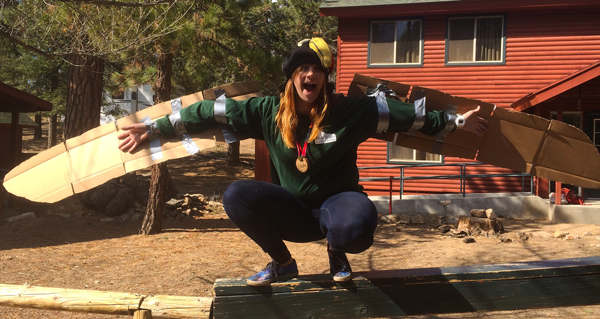


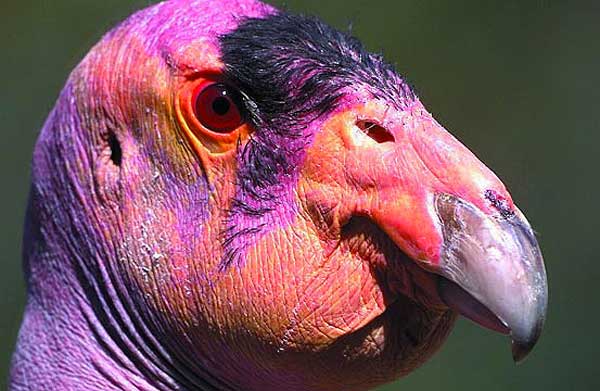
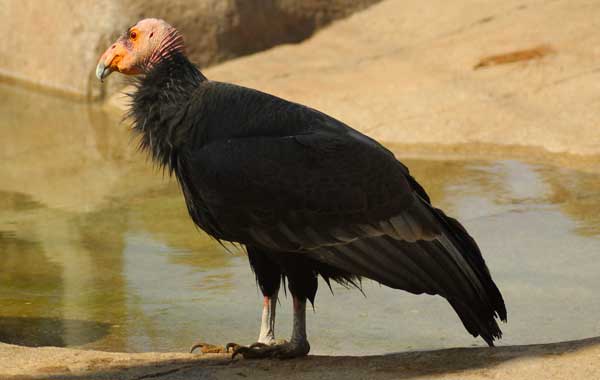
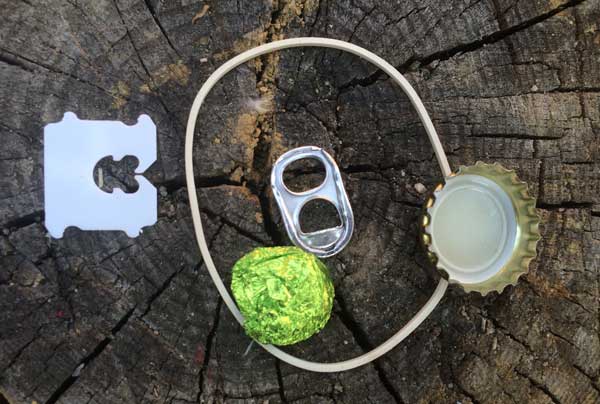
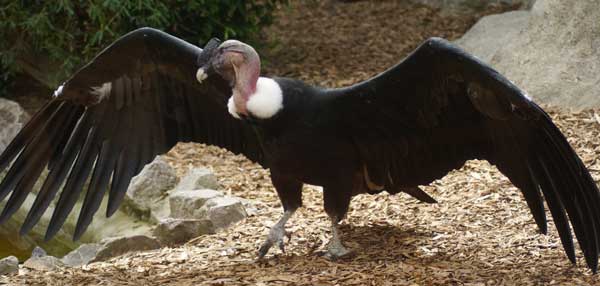
Comments are closed.